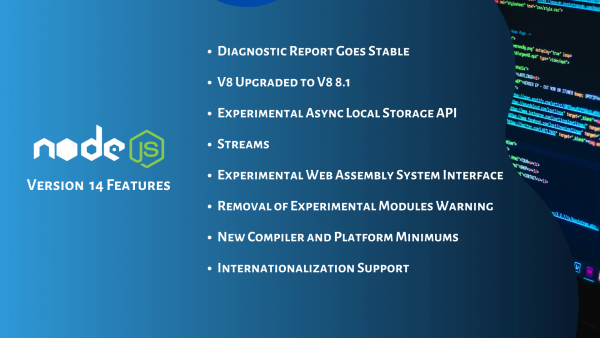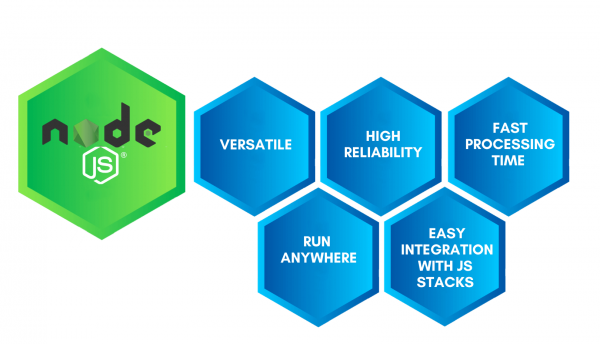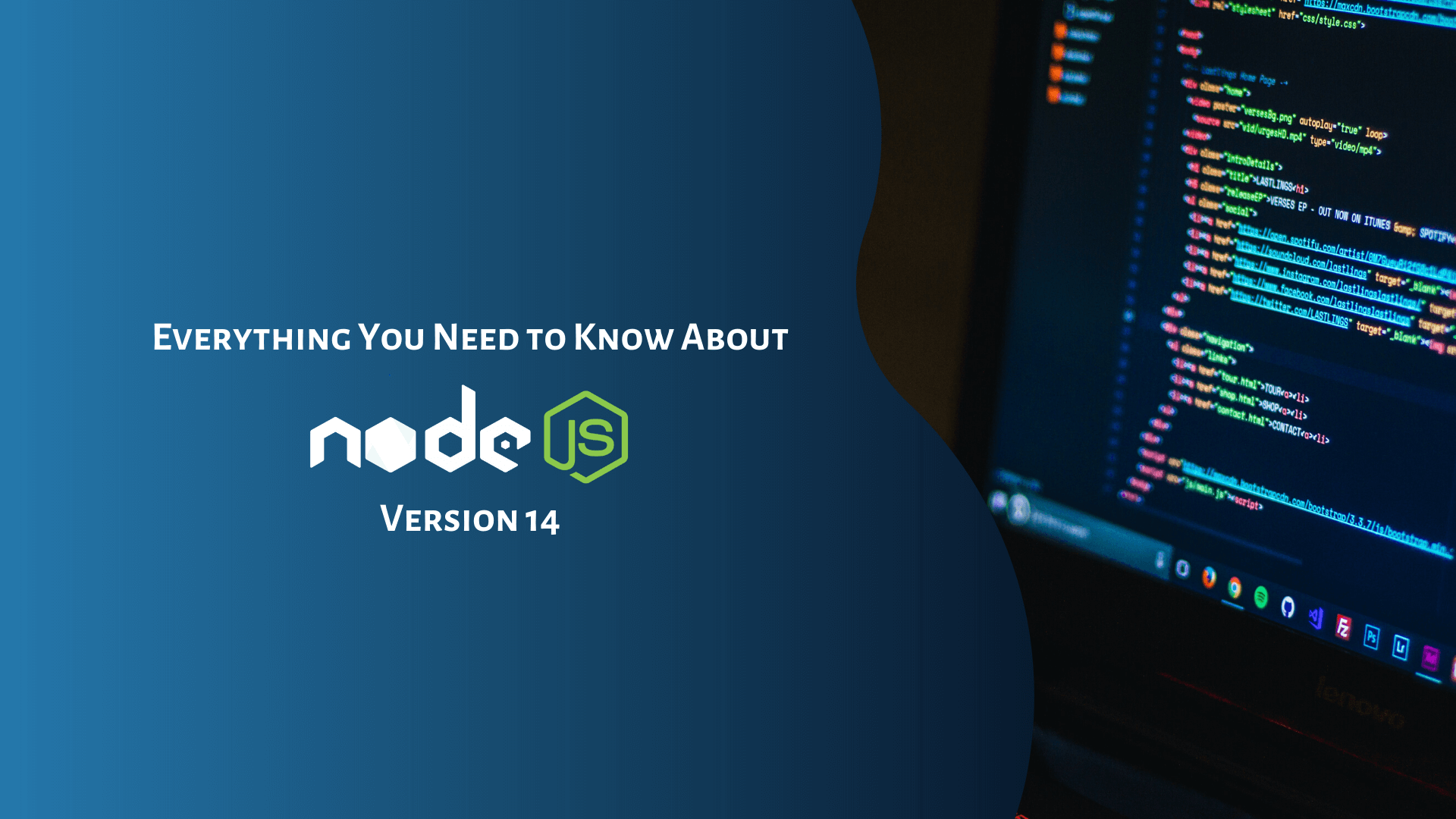In the current release line, Node.js 13 is replaced by Node.js 14 and as per the release schedule, Node.js 14 will remain in the current release till October 2020 and then will be promoted to Long Term Support (LTS). The corporate users should upgrade to Node.js 14 when it is promoted to LTS but this is the prime time to start testing of the applications with Node.js 14 and try its new features.
The release of 14th version offers important enhancements which include the addition of Diagnostic Reports as a permanent feature, an experimental async local storage API which lets you trace a transaction via various steps within a process, internationalization support and easier use of the native module. The Node.js 14 offer new features in several areas so let’s dive into some of the key highlights –

1. Diagnostic Report Goes Stable – The Diagnostic Report feature was introduced as an experimental feature in Node.js 12 and it is released as a stable and permanent feature in Node.js 14. It is an important step taken in the ongoing work within the project to enhance the diagnostics available when using Node.js. This feature allows you to produce a report on demand or when a certain event occurs. This report encompasses information which is useful to help in diagnosing the issues in production such as memory leaks, slow performance, crashes, high CPU usage, abrupt errors and more. As a stable feature, it will be easier for the users to enable it in production
2. V8 Upgraded to V8 8.1 – The 8.1 version of V8, the JavaScript engine underlying Node.js has features and capabilities such as optional chaining operator in order to read the value of the property that is deep in the chain of connected objects without the need to validate each reference in the chain. This new version is keeping the Node.js up with the ongoing enhancements in the runtime and language.
3. Experimental Async Local Storage API – Async local storage is also known as the continuation of local storage. Developers of Node are working on APIs to manage the context over asynchronous calls for a number of releases. The 14th version brings an Experimental Async Local Storage API, there were a number of NPM modules earlier which provided API to fulfil this need but it was tricky to maintain outside of Node.js core and the project agreed unanimously that analysing Node.js providing an API would be sensible.
4. Streams – In the Node.js stream implementation, there are several changes marked as SemVer major in this release. These changes intend to enhance the consistency across the stream APIs to cut out streamline and ambiguity behaviours across the parts of Node.js core. It is not believed that SemVer major changes will affect most of the applications as they are only going to change the edge cases, so if you are relying heavily on streams you should test Node.js 14 now in the current release before it becomes LTS in October 2020.
5. Experimental Web Assembly System Interface – The packages in the Web Assembly written for Node.js format offers cross-platform support and better performance for some use cases. This version of Node.js is inclusive of an experimental implementation of Web Assembly System Interface (WASI) to help the support to use these cases. This is not new to Node.js 14 and hence it has the potential to simplify the native modules experience significantly. It also provides sandboxed applications that are based on Web Assembly binary format to approach the underlying operating system through POSIX-like functions.
6. Removal of Experimental Modules Warning – In the 13th version of Node.js, a warning was displayed while running ECMAScript modules, telling that the ESM module loader was experimental. The ESM implementation remains experimental in the 14th version but the warning will no longer appear. The implementation in current release gives us a future-proof model which empowers ESM modules and paves our path to universal JavaScript. Taking out the warning is a big step in the direction of getting close to being able to call ESM in Node.js “Stable”.
7. New Compiler and Platform Minimums – To support the package notarization, the MacOS binaries are now being compiled on MacOS 10.15 (Catalina) with XCode 11. This will not have a negative impact on the users of Node.js on older versions of MacOS as binaries are still being compiled to support their compile targets for the release lines. The minimum GCC level remains at GCC 6 but binaries for few platforms will move to GCC 8. Node.js 14 will not be running on End-of-Life Windows distribution.
8. Internationalization Support – Internationalization is a very important requirement for customers. Even though it is not a new feature in the 14th version, when promoted to LTS in October, this is going to be the first LTS release in which full ICU data will be included by default.
Until October 2020, Node.js 14 will remain in the current phase and will receive the newest features that are contributed to Node.js. This release line is perfect for trying out the new features and testing whether it is compatible with your project with the latest updates.

To Conclude
Every year a new version of Node.js server-side JavaScript is released and this release of 14th version brings in a lot of features and enhancements which definitely will amaze the developers which includes built-in diagnostic reporting and being able to store the data through the life of a web request. Given that the 13th version will reach its end of life in June 2020, the release of the 14th version is a must-have for developers.
About SynergyTop
At SynergyTop, we have a skilled team of Node.js developers who offers result-oriented and innovative Node.js to worldwide businesses. We offer full-cycle personalized Node.js services including every phase of development and implementation as well.
Contact SynergyTop for customer-specific mobile and web business application development.
















